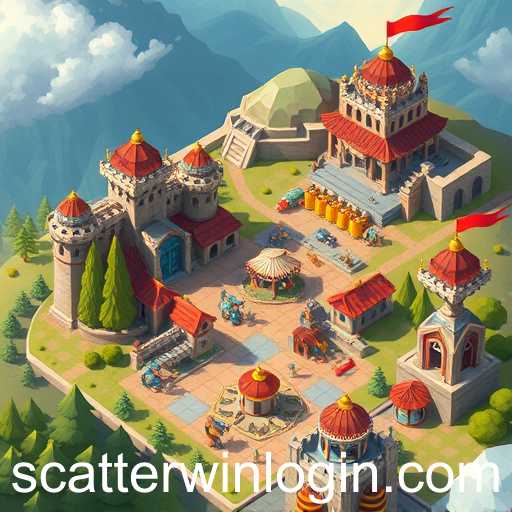Strategy games hold a distinct place in the gaming landscape, offering players complex choices and stimulating challenges that test their strategic thinking and decision-making skills. Among the myriad titles available, one game that has recently garnered attention is Scatterwin. This article delves into the intricacies of strategy games and highlights why Scatterwin deserves a spot on every strategist's radar.
Strategy games typically require players to plan and execute actions to achieve specific goals. They can range from turn-based board games to real-time strategy (RTS) video games. The appeal lies in their capacity to provide a deep, intellectually engaging experience. Games like Chess and Civilization have long epitomized the strategy genre's ability to combine thematic narratives with meticulously crafted mechanics.
Scatterwin is a groundbreaking addition to this genre, combining traditional strategy elements with innovative gameplay mechanics. Set in a dynamic fantasy universe, Scatterwin challenges players to build, expand, and defend their territories while also focusing on resource management and tactical warfare. The game's design encourages players to think several moves ahead, offering a satisfying balance of tactical depth and creative freedom.
One of the most compelling features of Scatterwin is its intricate resource management system. Players must carefully balance resource acquisition with expenditure to expand their capabilities. This element is crucial because it demands foresight and adaptability; two key qualities for success in any strategic endeavor. The game’s ecosystem is alive with unpredictable events that require players to adapt their strategies on the fly.
Moreover, Scatterwin incorporates a unique mechanic called "scatter points." These points can be earned by achieving tactical objectives or discovering hidden paths within the game world. Players can use scatter points to unlock special abilities or to gain advantages over adversaries. This addition injects an extra layer of excitement and unpredictability, ensuring that each playthrough is unique.
Another impressive aspect of Scatterwin is its robust community engagement. Developers have cultivated an interactive platform where players can share strategies, contribute to discussions, and participate in competitive tournaments. This community-centric approach not only enhances the game’s lifespan but also fosters a passionate fan base dedicated to exploring every facet Scatterwin has to offer.
Furthermore, the game’s allure extends to its visual and auditory design. Rich, immersive landscapes coupled with a thoughtfully composed soundtrack draw players into the world, enhancing the strategic experience. Every auditory cue and visual detail is purposefully integrated to support gameplay, ensuring that aesthetics and strategy are finely intertwined.
In conclusion, Scatterwin is more than just another game in the strategy genre; it represents a fresh take on what is possible. By blending classic elements with innovative mechanics, it offers a refreshing yet challenging experience that captivates and satisfies both veteran strategists and newcomers alike. As Scatterwin continues to evolve, it will undoubtedly inspire new forms of strategic gameplay and shape the future of the genre.








